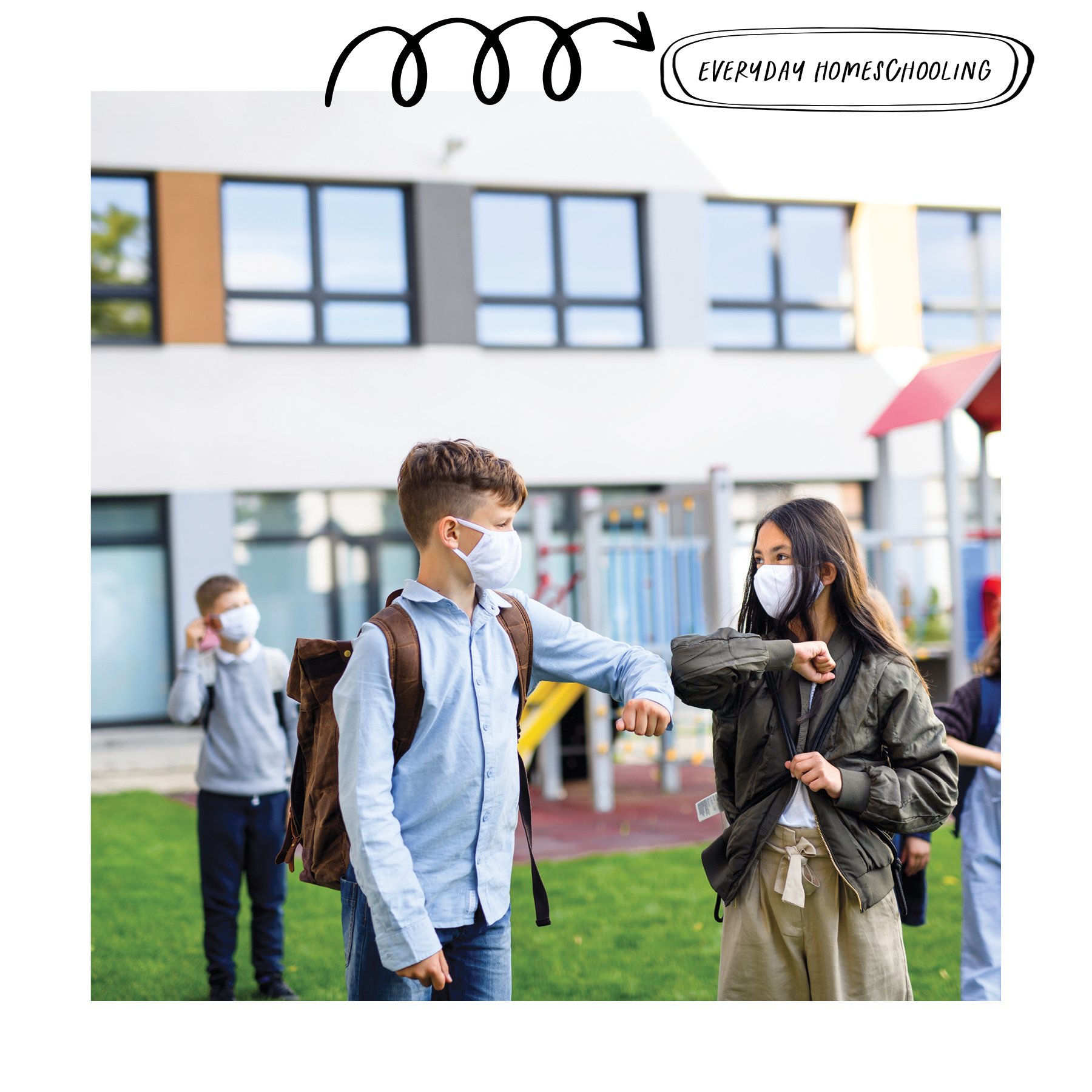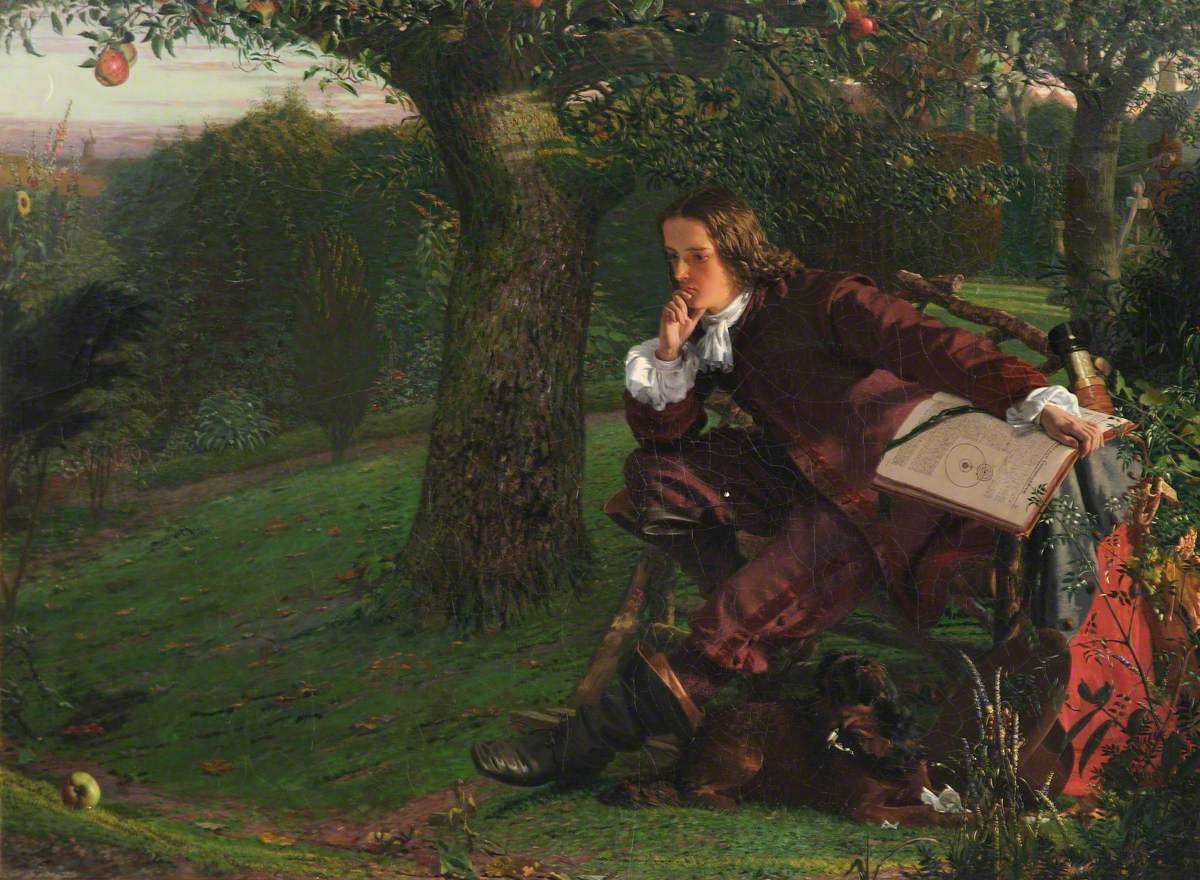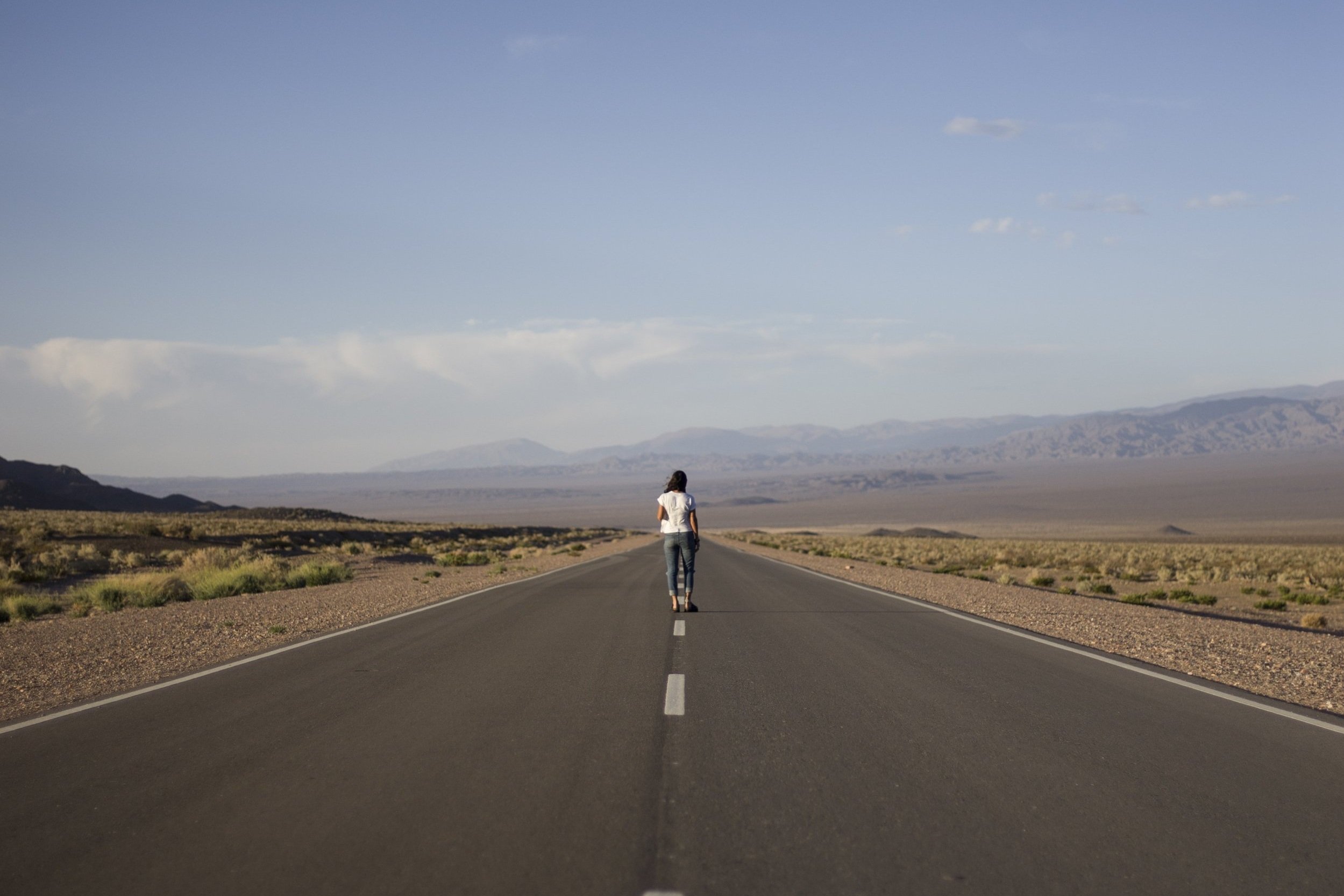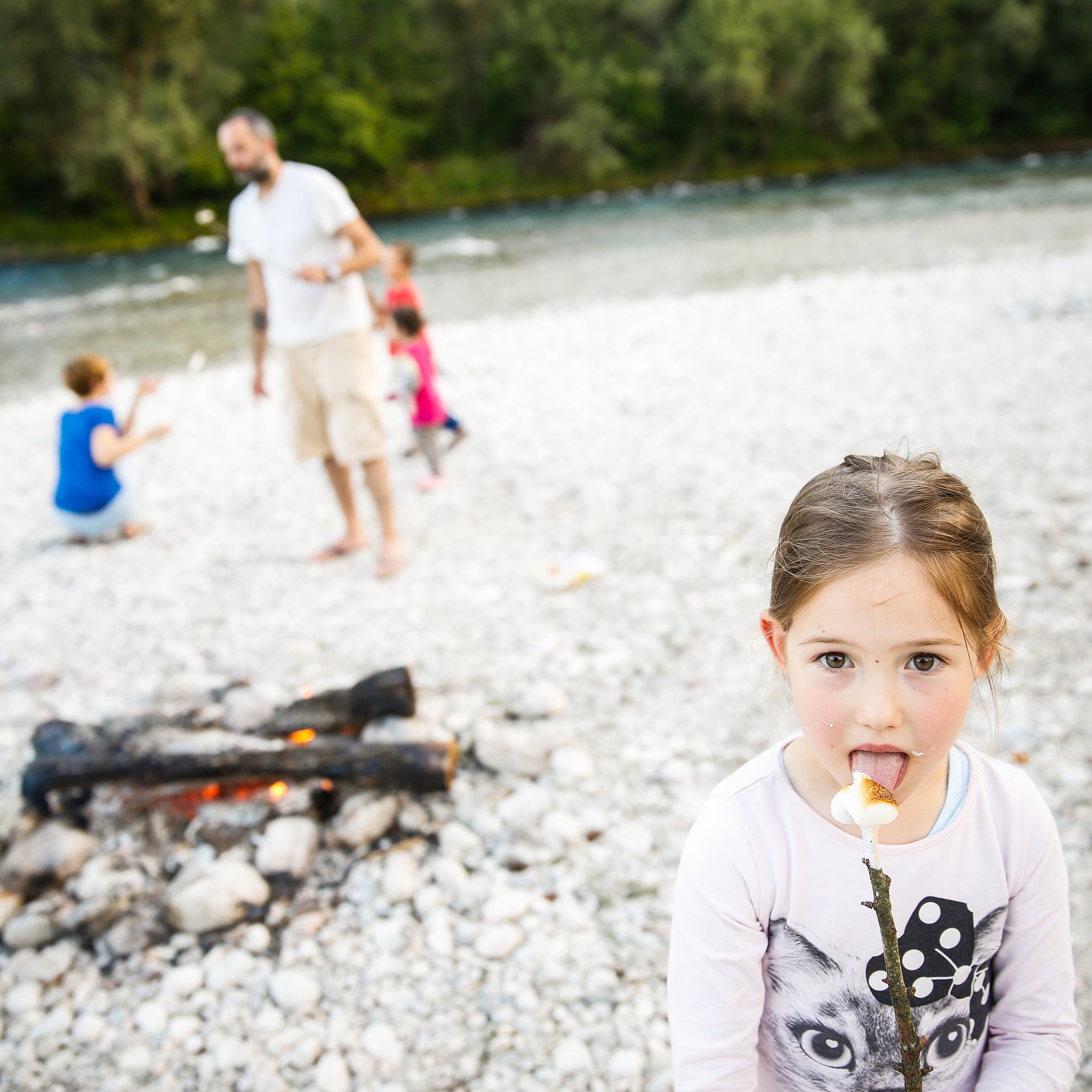6 Ideas for Your Winter Homeschool
Keep things interesting in your homeschool even when the weather outside is frightful. We’ve rounded up some fun activities to get you through the midwinter slump.
Keep things interesting in your homeschool even when the weather outside is frightful. We’ve rounded up some fun activities to get you through the midwinter slump.
The post-holiday, miles-to-go-until-spring stretch of winter tends to breed boredom and discontent — but if you have a solid action plan in place, you can combat the midwinter slump, says Dr. Michael Danzinger, M.D., an assistant professor at Tufts University School of Medicine in Boston. The key is to mix a few surprises into your everyday routine so that your days shake that humdrum feeling and keep you interested and engaged. “Your attitude is the best happiness booster you have when the midwinter slump hits,” says Danzinger. So before boredom kicks in, plan how you’re going to send it packing — at least sometimes. (A little boredom can be a creativity booster, so you don’t want to jump into cruise director mode at the first sigh.) Need a little inspiration? These activities are all fun ways to help take the blah out of midwinter homeschooling.
MAKE AN ICE VOLCANO
Combine 2 cups of baking soda with very warm water in a pie pan; stir until baking soda dissolves; then, freeze. Fill a squeeze bottle with vinegar. (Add a few drops of food coloring if you like.) When the ice is frozen in the pie pan, remove it from the freezer, and squirt it with the vinegar to create an acid/base reaction. All those bubbles are CO2 released by the chemical reaction.
MAKE A COOKIE DELIVERY
Keep the food sharing fun going post-holidays by baking a big batch of your favorite treat and delivering care packages to friends and neighbors. (Random Acts of Kindness Day is February 17!)
CLEAN OUT YOUR CLOSETS
C’mon, you’re definitely not going to want to do this when the weather warms up. Now’s the perfect time to clear out your closets, reshelve your bookcases, and sort through the back of your pantry.
THROW AN OSCARS PARTY
Make a point to watch as many nominated films as you can, and compete to see who can predict the most correct winners during the award show. You can go fancy with cocktail fare and sparkling cider, or make it a big pajama party-sleepover.
PUZZLE YOURSELF
January 29 is National Puzzle Day, but a good, challenging jigsaw puzzle — like the 1,000-piece Rainbow Palette puzzle — will keep your entertained for days. (This one has letters on the back in case you get stuck and need a little help moving forward with the puzzle.)
WATCH A MUSICAL
It’s no Hamilton, but the Rodgers and Hammerstein musical Oklahoma! celebrates its Broadway birthday on March 31, which makes this the perfect time to get addicted to a new Broadway musical. (We love Hadestown!)
Science Experiments to Brighten Up Your Mid-Winter Homeschool
Need a cure for the mid-winter homeschool doldrums? These cold weather science experiments will help make homeschooling fun again (and get your crew through to spring).
Need a cure for the mid-winter homeschool doldrums? These cold weather science experiments will help make homeschooling fun again (and get your crew through to spring).
Every February, I think I want to quit homeschooling. The feeling lasts for about two weeks. Where we live, in North Carolina, February is cold and gray. The days feel short and gloomy. We’re still recovering from all the fun and gluttony of the winter holidays, and there’s nothing similar to look forward to in the immediate future. I’m grumpy, the kids are grumpy, and I find myself gazing wistfully at the school bus loading up kids across the street every morning. I don’t really want to quit homeschooling, though. I just want something to shake us out of the winter doldrums — and, as usual, science saves the day.
Winter science experiments get us out of the house and into the sunshine, even when there’s not much sunshine to get into. More important, though, they get us thinking. They pique our curiosity. They make us ask why. They remind us why we’re glad we don’t have to get on that yellow school bus.
The point of these experiments may sometimes get lost in translation. That’s OK! Not every experiment works out perfectly, and your results may vary. When that happens, don’t get upset. Start asking why. Real science is about questions, not facts, and homeschooling lets us stay connected to that essential truth.
MAKE A SNOWSTORM IN A JAR
The worst winters are the ones where it’s cold and yucky but you don’t get any actual snow. When that happens, you can make your own snow day.
This experiment reminds us that oil and water don’t mix, which can start a great conversation about polarity. (Water’s polar; oil is not.) It’s also a great way to illustrate density: Less-dense oil rises to sit on top of the water, while the Alka Seltzer bubbles the water upward. You’ve also got the baking soda reacting with the citric acid, creating carbon dioxide gas. In other words, there’s a lot of chemistry happening in this little jar!
You need:
Baby oil
White paint
Water
Glitter
Alka Seltzer tablet
Clear glass or plastic jar
Mix water and white paint to form a thick, white liquid with the color evenly dispersed through it. (This white is what creates the snow effect, so don’t stint on it!)
Layer the white water on the bottom, and carefully pour baby oil on top. You want to fill your container about 3/4 of the way full, so how much water and oil you need depends on the size of your container. Figure about four parts water to one part oil for the best results.
Sprinkle generously with glitter. (Optional, but it gives your snow that little bit of sparkle.)
Drop an Alka Seltzer tablet into your jar, and watch what happens. The Alka Seltzer causes the water to bubble up, but the oil slows the process down so the “snowstorm” happens in slow-motion.
BLUBBER MAGIC
Polar bears may have a fur coat, but they’re warm-blooded animals just like humans — so how do they survive frigid Arctic weather? This experiment uses shortening to mimic the blubber beneath a polar bear’s fur. That layer of thick fat helps polar bears insulate their body temperature and maintain the heat they generate, keeping them from freezing even when the temperatures are below 0.
What you need:
2 Large Ziplock Bags
Shortening (such as Crisco) w Large empty tub
Ice
Turn one of your plastic bags inside out, and use a spatula to fill it about 3/4 of the way full with shortening.
Slip the second bag inside the full one, pushing it down and rolling the tops of the bags to secure the bags together. You’re basically making a plastic mitten with two bags, one inside the other.
Fill a large bowl 3/4 of the way full with ice. Add a little water to make the ice bowl even colder.
Establish a baseline by dipping your uncovered hand in the ice bowl. (It will be really cold!)
Slip your hand in the shortening-filled plastic pouch, and dip it in the ice bowl again. Notice the difference? The shortening creates a protective layer, so your hand doesn’t freeze.
Misty Heaslet is HSL's Science Fair Science columnist. This column was originally published in the winter 2019 issue.
5 Art Projects to Do With Your Kids This Fall
Want a little more art in your life? You don’t have to be a great artist to inspire great art in your homeschool with these fun projects.
Want a little more art in your life? You don’t have to be a great artist to inspire great art in your homeschool with these fun projects.
1. Make alphabet art drawings.
Practice handwriting and hone creativity with this project inspired by Stuart Davis: Turn the alphabet into art by connecting letters and filling them in. Directions here >>
2. Paint a mixed media collage.
Use analogous colors to create a bold background, then craft a hot-air balloon from painted tissue paper. Spread this one out over a couple of days. Directions here >>
3. Create a camouflage lizard.
Grab a packet of scrapbook paper or old wallpaper samples, then try to paint, color, or craft a lizard that will blend into your chosen background. Directions here >>
4. Make coffee filter rainbows.
Use markers to draw patterns on coffee filters, then spray them thoroughly with water to make the colors run together. This would be a fun way to make tie-dye place cards for Thanksgiving. Directions here >>
5. Paint a month-long mural.
Divide a canvas into 30 rectangles, and stockpile blue, black, and white paint. Each day, mix a color that looks like that day's sky, and paint one square. At the end of the month, you’ll have an artistic record of your sky-gazing.
This was originally published in the fall 2019 issue of HSL.
“Why do we do experiments someone else has already done?”
There’s value in repeating experiments, but don’t forget to make time for your own science questions, too.
There’s value in repeating experiments, but don’t forget to make time for your own science questions, too.
One of the great things about the rise of the Internet is that you can find any science experiment on YouTube.
Sometimes, I’ll queue up a few versions to show my kids before we tackle an experiment at home. This is handy: We can see how the experiment is supposed to look, so that if something goes wrong, it’s easier to troubleshoot. It also gives the kids an idea of what to expect, which helps them focus on paying attention during the different steps of the experiment. And it’s fun to feel like part of a community of people doing the same experiment — that’s one of the things I miss being a homeschooler instead of a science teacher these days.
But a few weeks ago, when I started another video for a jelly bone experiment we were doing with the Thanksgiving leftovers, my son — he’s 11 — said, “What’s the point?”
“What?” I said.
“We’re not really experimenting to see what happens,” he said. “We already know. It’s already on YouTube like a hundred times. What’s the point?”
I hesitated. There IS a point to repeating experiments — it’s called science. We repeat experiments because every experiment doesn’t work out perfectly, and different scientists may get different results. If we repeat an experiment, we can see whether the results are always true, or sometimes true, or only true once every leap year.
Doing experiments someone else has already done also helps us build our science toolkit. That’s why those YouTube videos are so useful. When we can see how someone else does an experiment, we can develop a good lab technique — and, if things go wrong, seeing where other people went right can help us redo the experiment more successfully.
And, of course, there’s always a chance that repeating an experiment may teach us something new. We could discover something no one else did before. True, that’s unlikely when we’re doing the same strawberry DNA experiment every 5th grader in the country does in science class, but it’s always possible.
All of those are good reasons for repeating experiments, and I started to explain them to my son. Later, I did talk about them. But I didn’t answer him then because I realized that he was asking a scientist’s question.
“That’s true,” I said. “What’s a science question you think we should answer?”
And just like that, our science routine changed. We still do experiments where we know what happens, but I also make a point to do experiments based on our own real-life questions. We experimented to see what ants do when it rains and whether people are more likely to use a trash bin in the park if it has a white bag versus a black bag. Because repeating experiments is important but so it encouraging scientific curiosity.
Misty Heaslet is a middle school science teacher turned homeschool mom. She lives in western North Carolina.
This column was originally published in the winter 2019 issue of HSL.















































A Note About Affiliate Links on HSL: HSL earns most of our income through subscriptions. (Thanks, subscribers!) We are also Amazon affiliates, which means that if you click through a link on a book or movie recommendation and end up purchasing something, we may get a small percentage of the sale. (This doesn’t affect the price you pay.) We use this money to pay for photos and web hosting. We use these links only if they match up to something we’re recommending anyway — they don’t influence our coverage. You can learn more about how we use affiliate links here.